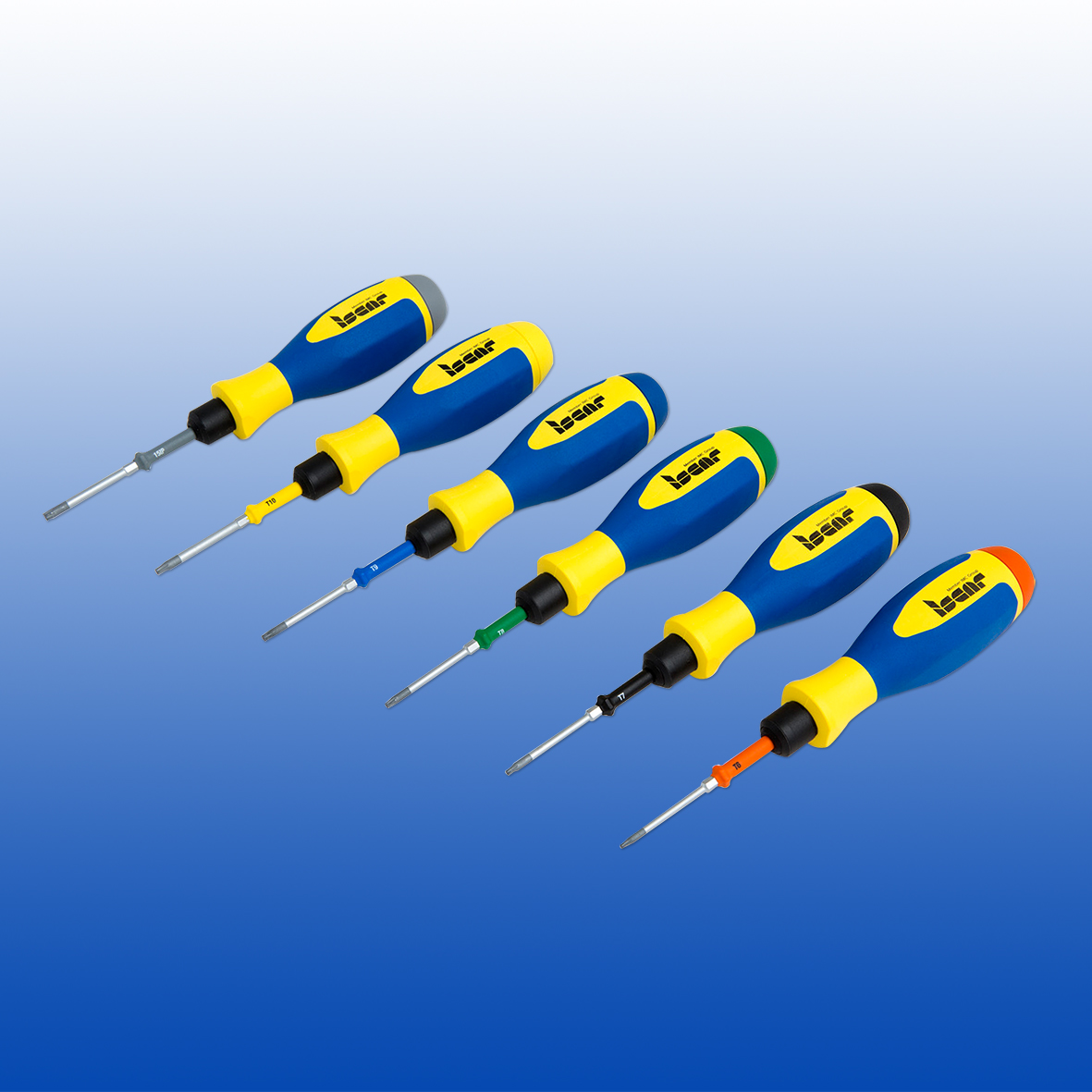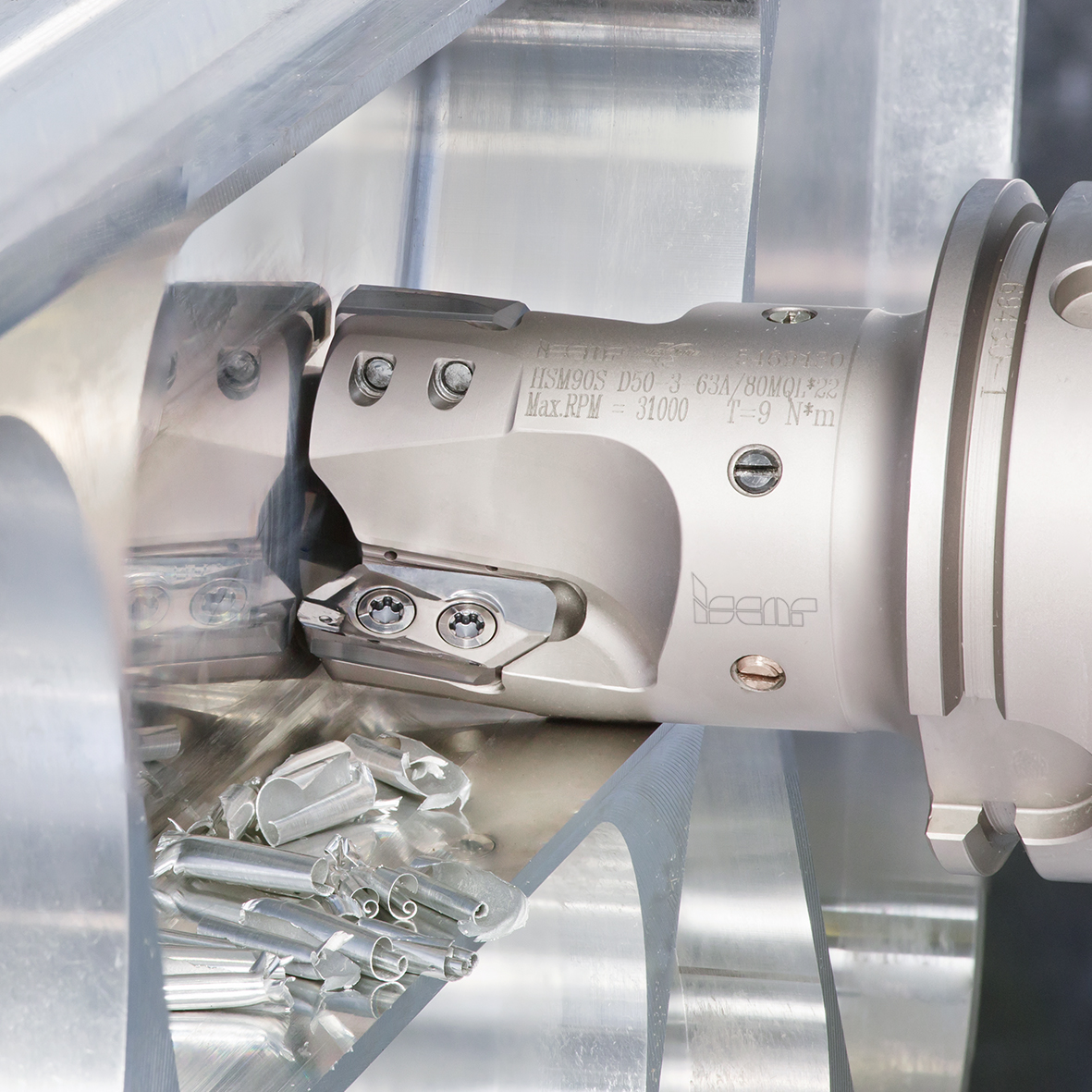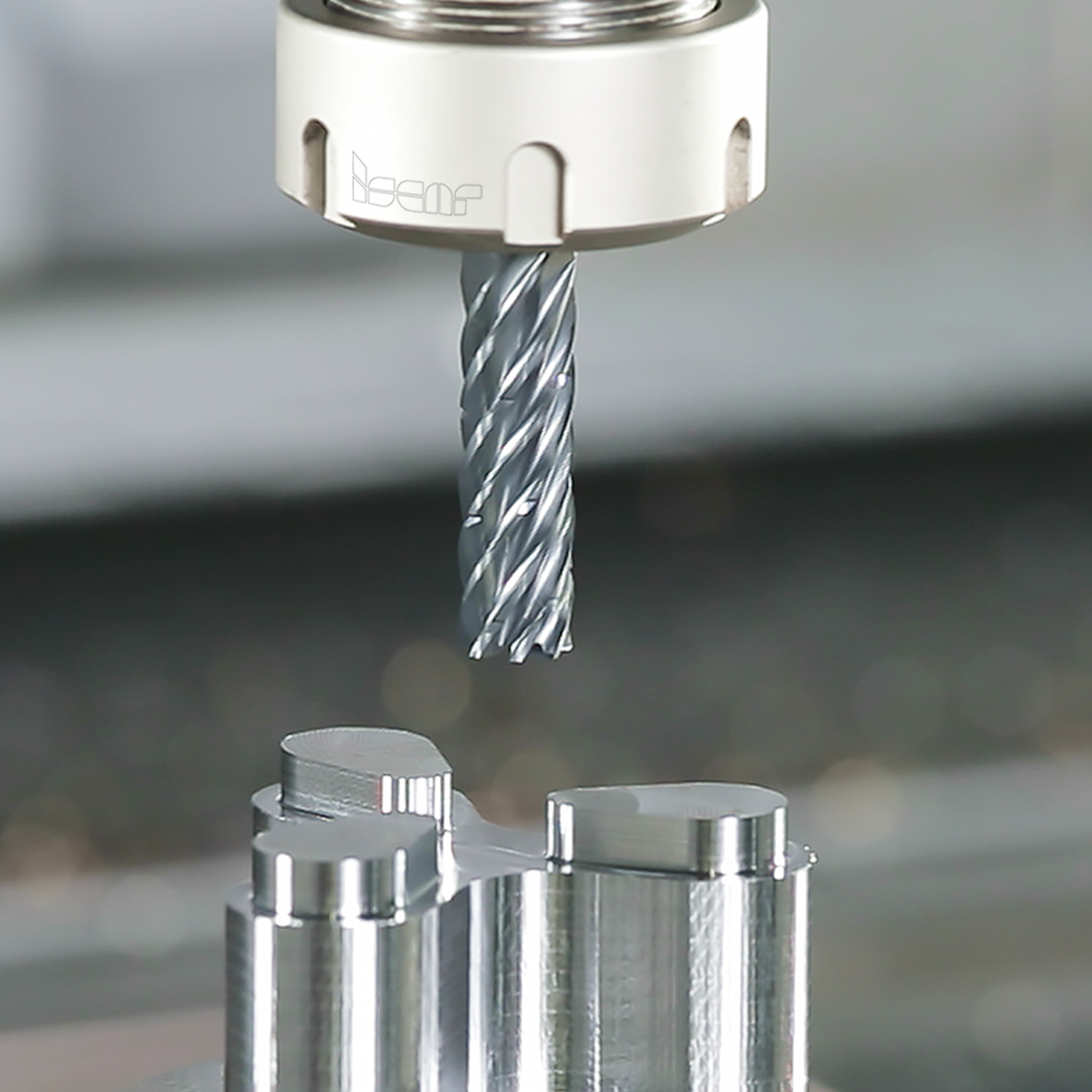High-speed machining (HSM) has not only led to a significant difference between machine tools but has also brought awareness to the high-speed spindle; perhaps, the most important and central component of high-speed machine tools and a key factor for the success of HSM.
Operating a spindle with high rotation speed and gaining the optimal balance between the provided speed and torque is the main task of high spindle engineering. The spindle’s performance depends on several different factors. One of the main factors relates to the design concept of a single- or combined twin-motor bearing system, seal components, and a tool retention method.
When machining, the spindle is not in direct contact with the workpiece but interacts with it through another technological system – the cutting tool. This connection acts as a conductor and should transform the impressive capabilities of a high-speed spindle into improved machining results. Another element between the cutting tool and the spindle is the toolholder which is fitted into the spindle. The poor performance of this small assembly, the cutting tool and toolholder, may reduce the function of the spindle to zero. Therefore, HSM toughens the accuracy, reliability, and safety requirements for the assembly of the spindle extension.
High-speed rotation generates centrifugal forces. In HSM, when compared with traditional machining methods, these forces grow exponentially and turn into a significant load on a cutting tool which determines the tool’s durability. In indexable milling, high centrifugal forces may cause insert clamping screws to break, inserts to loosen and a cutter body to fail. Formed fragments can not only damage a machine and a machined part but can be very dangerous to the operator.
In such conditions, cutting tool manufacturers are compelled to consider the design and technological means necessary to ensure appropriate reliability of their products. Hence, the focus on indexable milling cutters should consider secure insert mounting and a robust body structure.
Let us start with a clamping screw, the smallest and weakest element of a whole technological system with a great impact on the system’s reliability. The same can be said about the clamping screw in relation to a high-speed indexable milling cutter. Applying dynamometric keys controls the tightening of the clamping screw. (Fig. 1). However, ensuring the torque is tightened sufficiently is not enough to reliably operate the cutter. Intelligent design is directed to minimize the dynamic load on the clamping screw.
ISCAR's milling cutters HSM90S FAL-22 are intended for efficient milling of aluminum at high-speed rates. They carry large-size inserts that enable up to 22 mm (0.866") depth of cut. The cutter insert pocket has a protruding ridge on the seat bottom surface, and the lower face of the insert has a matching groove which fits into a ridge when assembled. (Fig. 2). This eliminates insert radial displacement due to strong centrifugal forces at high-speed milling and improves load distribution on the insert clamping screw. The cutter design facilitates reliable milling in a rotational speed range of up to 31000 rpm.
To reduce centrifugal forces, a cutter body should be axially symmetric and highly balanced. There are international and national standards and norms that specify tool balancing grades. When designing indexable milling tools intended for HSM, it is very important to ensure the mass distribution of the body is symmetrical with the body axis. As this theoretical balance relates to a virtual object, it cannot replace the physical balancing of a real body if needed but can substantially diminish the mass unbalance of a future product making the “physical” balance much easier.
It is known that the ambition of a tool design engineer is to make an indexable cutter body, and in particular, an insert pocket surface, as hard as possible in order to increase wear resistance. However, the higher the hardness, the faster the body of a rapidly rotating tool breaks down. Hence, finding an optimal equilibrium between strength and wear is another important task in searching for effective HSM tool solutions.
Solid tools feature higher accuracy and better axial symmetry when compared with indexable cutters. Typically, solid tools are less in diameter and naturally require higher RPM even for the same cutting speed. This explains why the majority of HSM tools are solid.
Normally, such tools are made from coated cemented carbides, although in recent times cutting ceramics as a tool material has become popular for high-speed machining of high-temperature superalloys. Nevertheless, selecting a solid tool, especially milling cutters for HSM may be difficult.
Normally, the overhang-to-diameter ratio for solid carbide endmills (SCEM) is greater when compared with indexable tools. Such a feature, in combination with a flute shape that weakens a tool cross-section, demands specific attention to the vibration strength of a SCEM.
To improve chatter stability, tool engineers often make a tooth angular pitch unequal, and a flute helix variable. This violates the principle of axial symmetry and may give a reverse result. Therefore, an optimal, intelligent design for solid carbide endmills requires engineer ingenuity and appropriate compromising (Fig. 3).
Having highly engineered a balanced vibration-proof tool is half the battle. We have already mentioned the toolholder that is mounted on a high-speed spindle. So, what's the use of an ideal tool if a far more massive toolholder is not suitable for HSM?
In HSM, the dynamic characteristics of the tool cannot be separated from a toolholder. For example, balancing the tool should be done in assembly with the toolholder – this is a single way to fulfil requirements of accuracy, reliability, and safety.
Modern CAD/CAM systems ensure estimating the dynamic behavior of various products based on their 3D models. Providing such models for cutting tools, toolholders and various accessories is a typical feature of today’s serious tool manufacturer. In fact, we are proud to acknowledge that in recent years ISCAR has significantly expanded its digital twin assembly options in the e-catalog.
To conclude, high-speed machining has influenced the need for specific requirements of a cutting tool and toolholder. By meeting these demands, HSM has become a trusted highly engineered, high-speed spindle operation with maximum efficiency.
 [Fig. 1]
[Fig. 1]
 [Fig. 2]
[Fig. 2]
 [Fig. 3]
[Fig. 3]